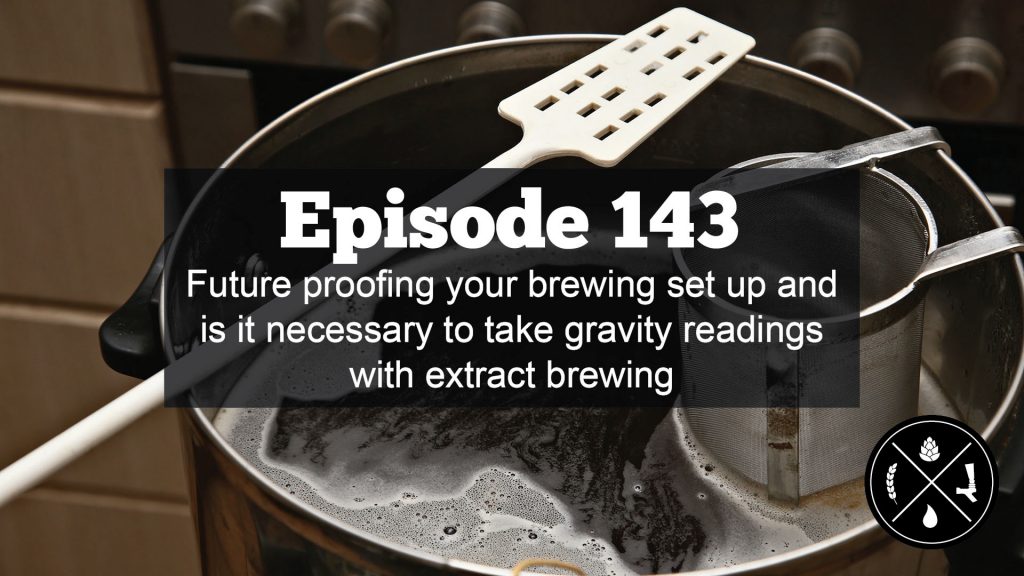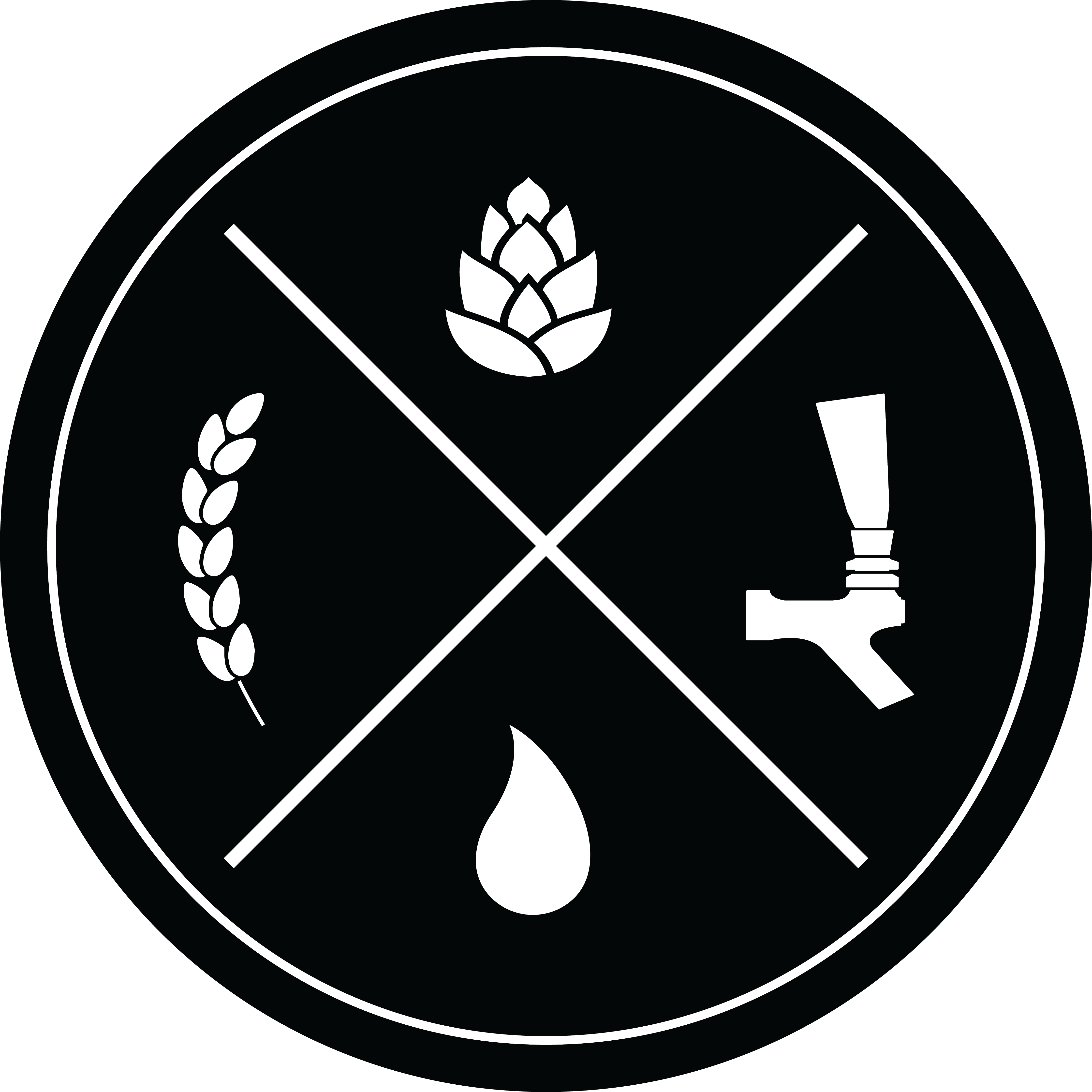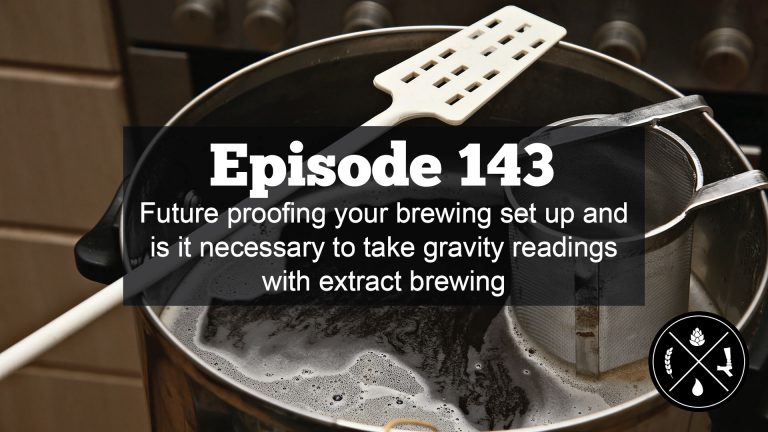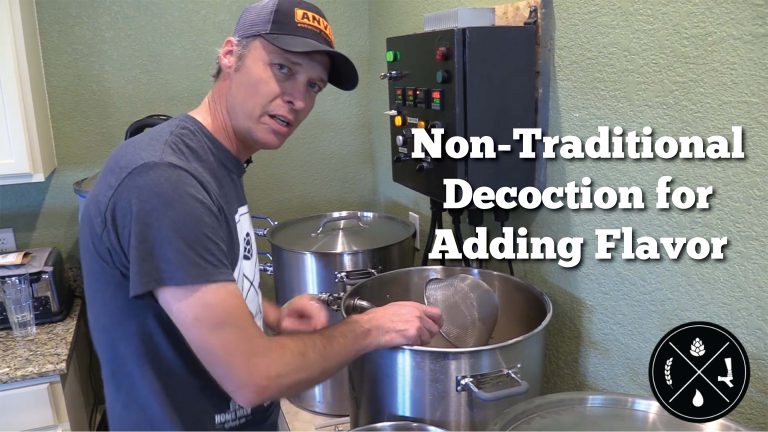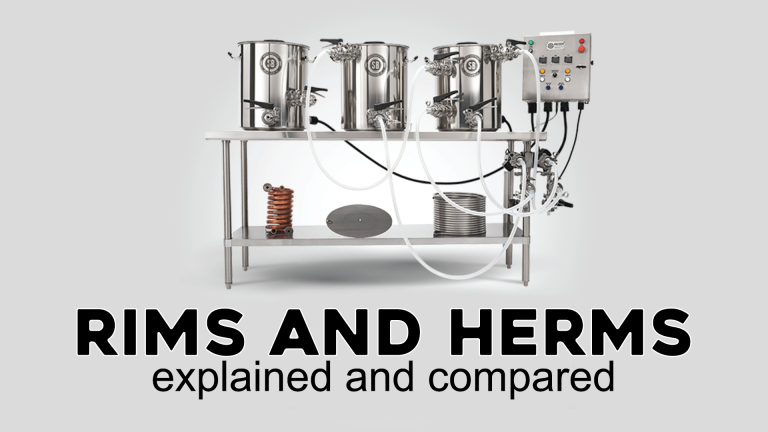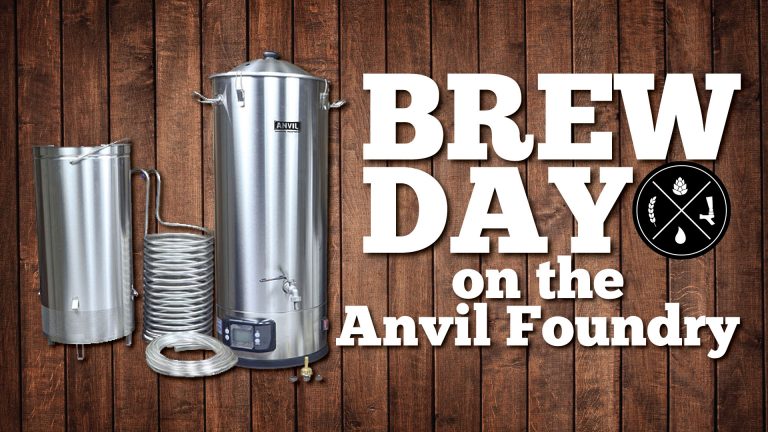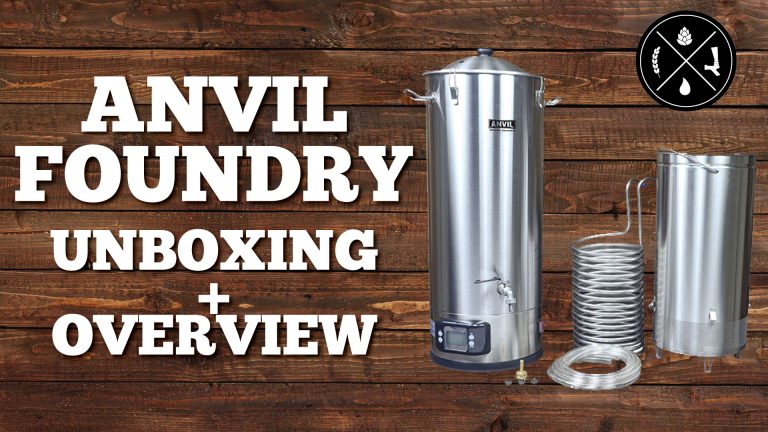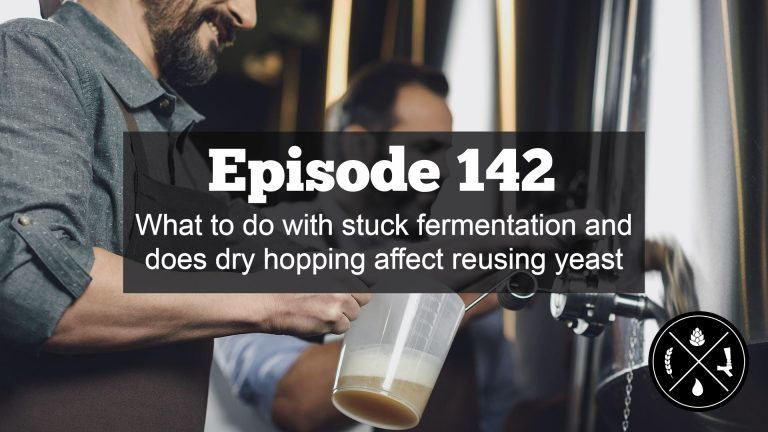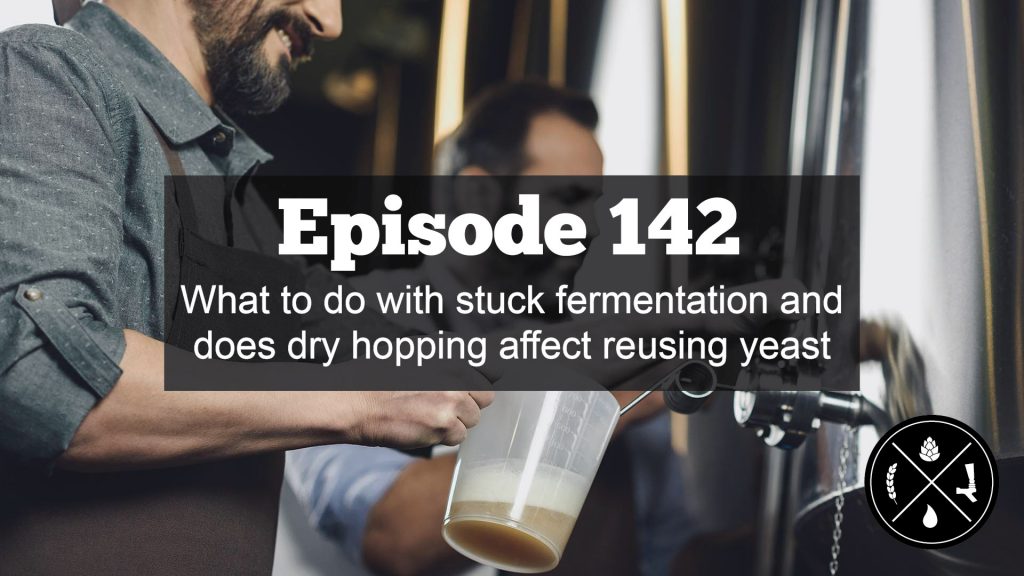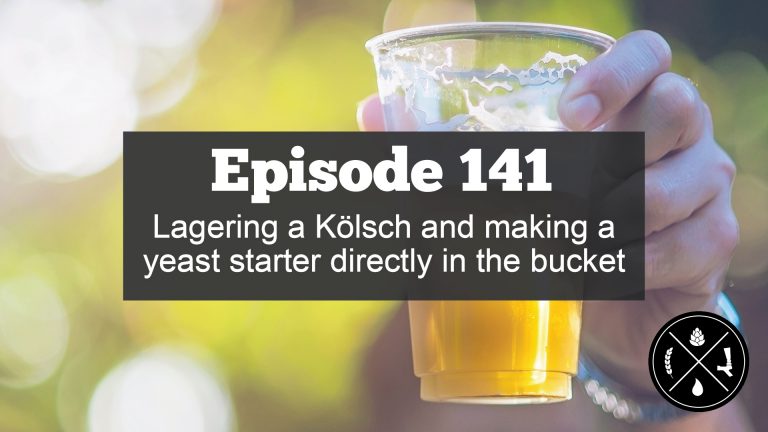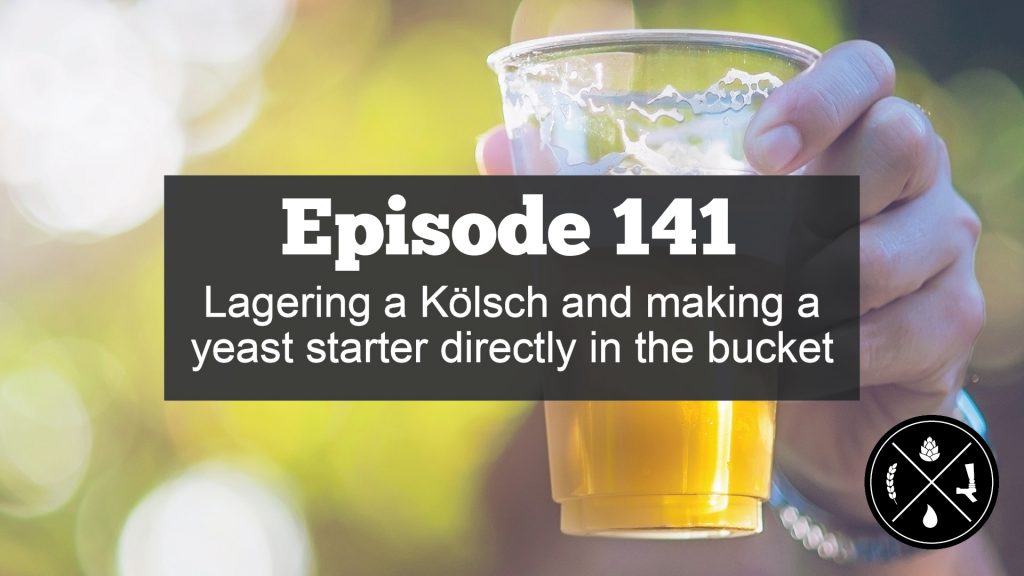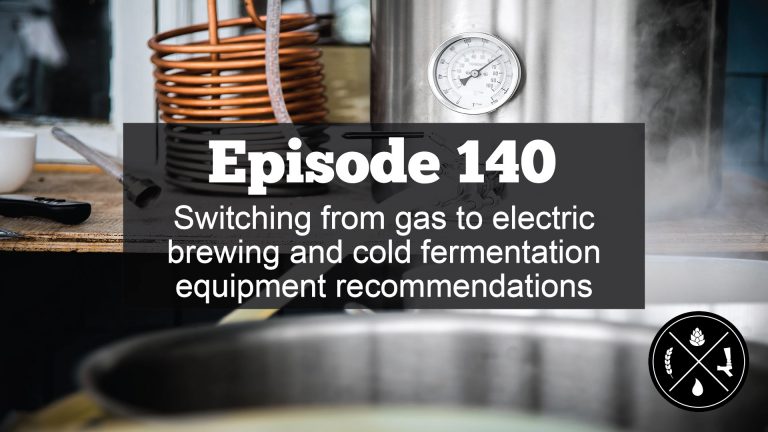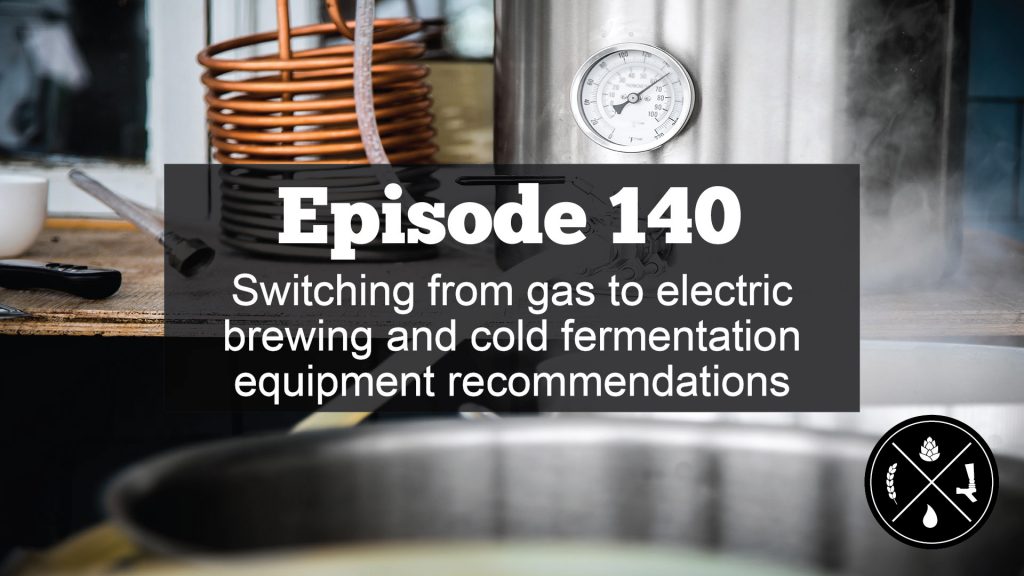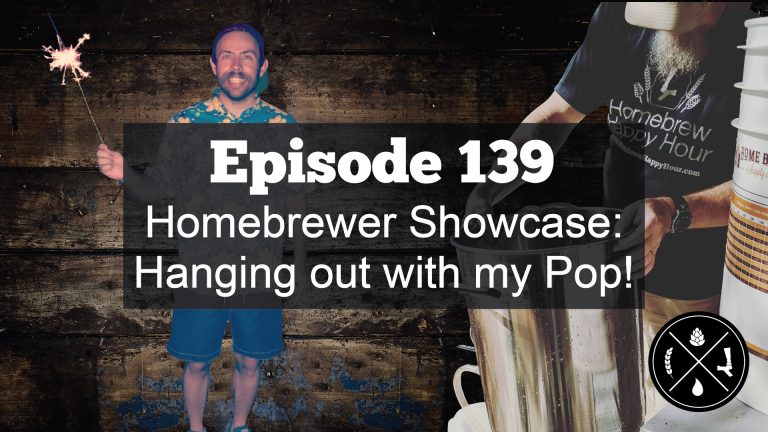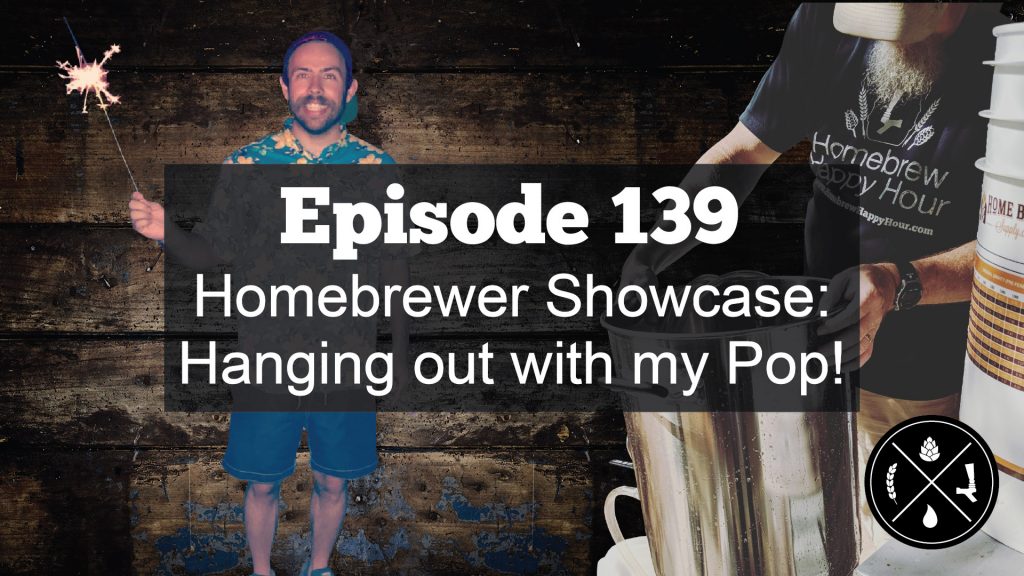Beer is traditionally made from four ingredients- malt, hops, yeast, and water. While we all pay careful attention to our malt choices, the character of the hops, and selection of yeast– but don’t often consider the water. Since beer is 90% water, it is a crucial ingredient in brewing. If your tap water is full of chlorine, alkaline (leaving scale on the fixtures), has an odor, or you don’t know what is in it, purchasing your own reverse osmosis machine can be a wise choice.
Home RO systems are common in many households for making coffee, using in aquariums, for drinking water and homebrewers are also finding them indispensable.
Intro to Reverse Osmosis and Brewing Better Beer

Featured Product

HydroLogic Stealth-RO300™ Reverse Osmosis System
This amazing product will instantly upgrade your brewing system by providing you fresh RO water directly from your garden hose! The Stealth RO300 is a compact reverse osmosis water filtering system in a compact design that easily mounts to your brewing rig or can be housed in a simple case or box. It provides you with 300 gallons per day which blows normal under the counter filtering systems out of the water (no pun intended), as they typically filter from 50 – 75 gallons per day.
$289.95
Order Now
Reverse osmosis (RO) is a simple water filtration process. Dissolved solids and sediment are removed from the water by the water flowing through a filter and then through a semipermeable membrane. This process removes most ions and dissolved solids, including iron, fluoride, chlorine, and reduces bicarbonate by great percentage. The result is water that is very low in minerals and alkalinity, nearly the same as distilled water quality in most cases.
Some beer styles are suited to using the RO water as is, such as Czech lagers, but while any style can be made with 100% RO water, most other styles will benefit with some simple additions for best flavor. These additions are called “brewing salts” and the most common ones are gypsum, calcium chloride, epsom salts, chalk, sodium chloride, and baking soda. These are available at the homebrew supply store, or can sometimes be found at your grocery market.
For brewers who are looking for an “easy button” with RO water, use 4 grams (approximately one teaspoon) of calcium chloride for each 5 gallons of brewing water. For hoppy beers, add 7 grams of gypsum to your brewing water with the calcium chloride.
If you are just starting out with RO water and water additions, having gypsum, calcium chloride and baking soda on hand is adequate. Epsom salt, which brings magnesium to the water as well as sulfate, is generally not needed in most cases.
This list shows most of the salts you will see in recipes and in homebrew stores:
- Gypsum (CaSO4 or calcium sulfate) is used in the water to bring in calcium and sulfate. It is a white powder.
- Calcium chloride (Pickle crisp or CaCl2) is used to add calcium as well as chloride. It is a white powder that is highly hygroscopic; that is, it absorbs moisture from the air easily so should be kept in small amounts in tightly sealed containers.
- Epsom salt (MgSO4 or magnesium sulfate) is used for the magnesium and sulfate contribution.
- Table salt (NaCl2 or sodium chloride) brings sodium and chloride to the water. Non iodized salt is available in grocery stores for this purpose.
- Chalk (CaC03 or calcium carbonate) has been traditionally used in the past as a way to raise mash pH in cases where it may be needed. However, it doesn’t dissolve well without extraneous measures and is to be avoided by most brewers.
- Baking soda (NaHCO3) can be used in those rare cases where the mash pH should be raised.
Now that we’ve listed what the salts are, we can talk about what they do and why they are added to the brewing water.
Calcium: Calcium is the primary ion that determines hardness of the water. It helps with slightly lowering the pH during mashing, facilitates precipitations of proteins in the boil (hot break), enhances yeast flocculation, and assists in preventing beerstone. Many lagers are made with very low levels of calcium, so it is not required but can be helpful in the amounts 50-100 parts per million (ppm) and that is usually the recommended amount. You can get calcium by using calcium chloride or calcium sulfate (gypsum).
Magnesium: Also responsible for providing hardness to the water, magnesium can provide a sour/bitter flavor to the beer in amounts of 30 ppm or more. It has a laxative effect in much larger amounts. Malt provides all of the magnesium required for yeast health, so it is not required as an addition unless adding sulfate in the presence of a high calcium level (using epsom salts, or MgSO4).
Sulfate: Sulfate is the ion that is used to accentuate hop bitterness by enhancing the dryness of the finish. Additions are normally avoided in continental lagers or only used in small amounts, often 30 ppm or less. In most ales the ideal amount is 30-70 ppm. For highly hopped beers, the desired sulfate level may be much higher: 150-300 ppm for IPAs or west coast APAs. That amount will make the finish seem more crisp and dry. If using 150 ppm or higher, the chloride level should be under 50 ppm to avoid a “minerally” finish to the beer. Sulfate comes from calcium sulfate (gypsum) or magnesium sulfate (Epsom salt)
Chloride: Chloride accentuates a fullness or “roundness” of flavor in the beer, enhancing the malt sweetness. It is generally used in the 40-100 ppm range in many beers, but in the New England IPA style, the chloride is often over 100 ppm, up to 150 ppm. Chloride is added via calcium chloride most usually, but table salt (sodium chloride) can be used as well.
Sodium: Sodium rounds out the malt flavors, and can be used in modest amounts (under 150 ppm). A higher concentration can make the beer taste salty, and having a high sodium combined with a high sulfate level can create a harsh bitterness. It is generally recognized that keeping the sodium at 0-60 is a safe bet. Using brewing water sourced from a water softener is to be avoided because of the high sodium softeners impart, until after it passes through the RO machine.
Bicarbonate: Bicarbonate plays a huge role in water chemistry for brewing. It raises the pH of the mash, so should be kept under 50 ppm for pale/light colored beers. An amber colored beer could use a bicarbonate amount of up to 150 ppm (depending on the grainbill). A very dark beer with roasted grains (like a stout) could easily go up to 200 ppm or even a bit more, as more bicarbonate is needed to balance the acidity of the dark roasted malts. As such, there is no ideal range for mashing water except that what is needed to achieve an appropriate mash pH. In sparge water, low bicarbonate water is desired to avoid tannin extraction from the grain. So even when making a stout, using 100% RO water for sparging is ideal.
There are brewing spreadsheets and books available to help you decide where to target your ideal concentrations of those ions. We have given you give a range, and it is recommended to stay at the lower end of the range until you know what you like. “Less is more” applies with water additions, as too much of a brewing salt can make a beer harsh and unappealing. Using a brewing water spreadsheet (there are free ones on the internet, including this one) is the easiest way to determine the ppm (parts per million) of your additions. There is a default entry for RO water, making it even easier to use.
One way to see what these brewing salts may do to your beer is to simply try it. When you pour a glass of your beer, add a dash of table salt to it to see what chloride brings out. Next time, perhaps add a pinch of gypsum, to see what that brings to the beer.
Adding the salts is done in very small amounts, typically grams. While it can be converted to other measurements, the amounts are generally very small so a scale that weighs to grams and/or tenths of a gram is very helpful. A small inexpensive scale is a good tool to have.
Starting with a good recipe and using good water will make a very good beer. Tweaking the recipe by adding some gypsum and calcium chloride (as examples) may take that very good beer to very, very good or even excellent beer. Starting with a great base and adding your brewing salts in the right amounts can take it to the next level. Adding too much is more of a danger than too little, so be aware of that in your additions as you start adjusting your water.
If you’re not sure where to start with water additions, a good basic “all purpose” water profile may be perfect. A balanced water profile like this would work well for most styles of beer:
Calcium: 75 ppm
Magnesium: 0-10 ppm (more or less, but under 25 ppm)
Sodium: 0-50 ppm
Sulfate: 50-70
Chloride 50-70
Once you feel comfortable with adding these brewing salts to your water, you will find that using RO water is the easiest way to create a blank slate in which to begin your brew. With an ideal base, your beer will have a solid foundation to build your recipe on. Quality beer starts with great water.
